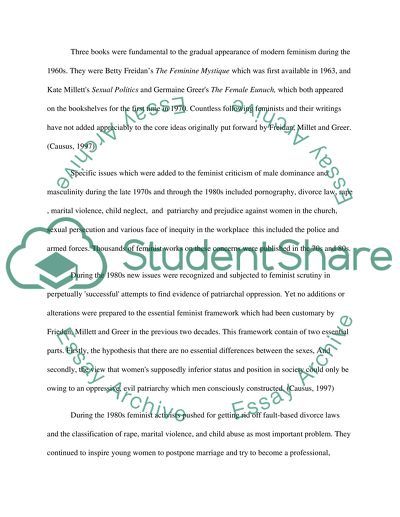Cite this document
(“Feminist Literature Book Report/Review Example | Topics and Well Written Essays - 3250 words”, n.d.)
Retrieved from https://studentshare.org/sociology/1517078-feminist-literature
Retrieved from https://studentshare.org/sociology/1517078-feminist-literature
(Feminist Literature Book Report/Review Example | Topics and Well Written Essays - 3250 Words)
https://studentshare.org/sociology/1517078-feminist-literature.
https://studentshare.org/sociology/1517078-feminist-literature.
“Feminist Literature Book Report/Review Example | Topics and Well Written Essays - 3250 Words”, n.d. https://studentshare.org/sociology/1517078-feminist-literature.


